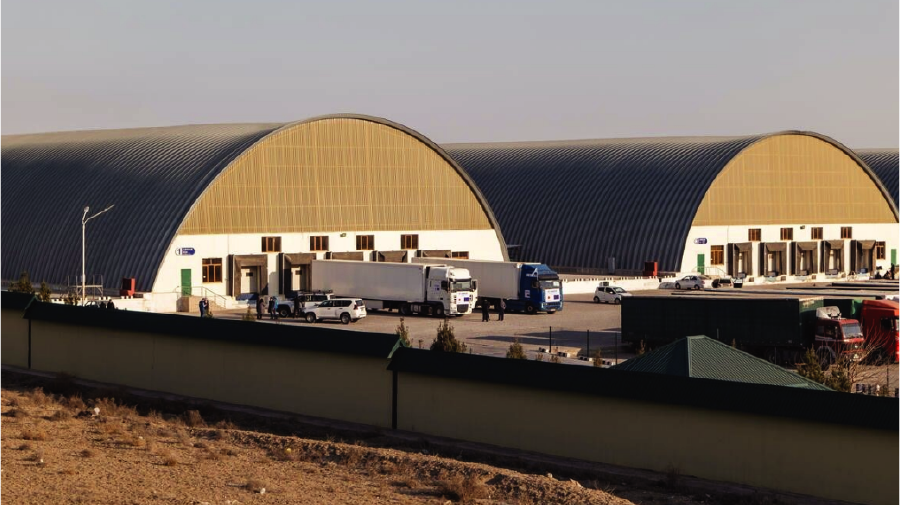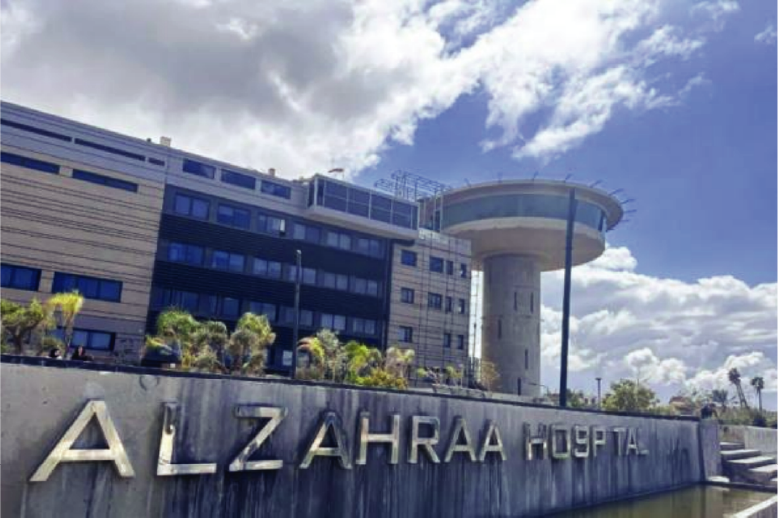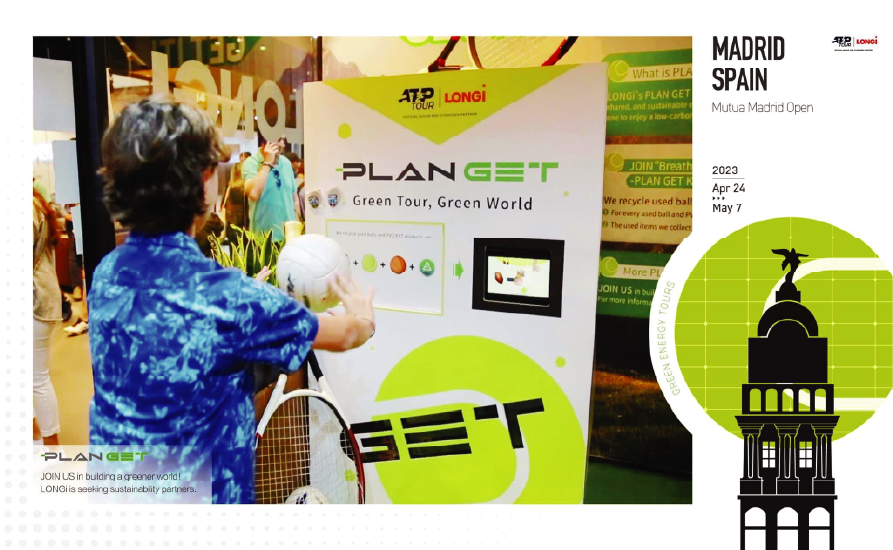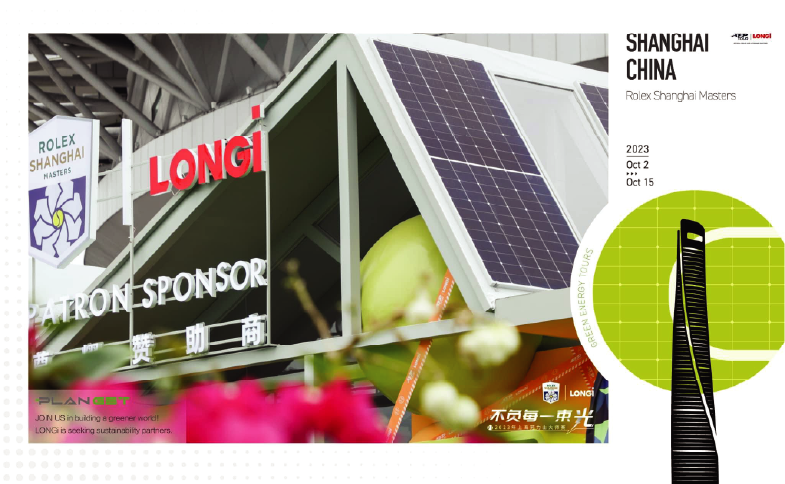Communication with Communities
LONGi always attaches importance to the communication with communities and tries to avoid or minimize the negative impacts of its business on communities. The Company also leverages its industry advantages to provide the community residents with a more convenient and happier life as a way to ensure the Company’s harmonious coexistence with communities.
Case| Blended measures by LONGi to reduce negative impacts on communities in Malaysia
Since 2022, LONGi has launched the construction of the Serendah Module Plant at the UMW High Value Manufacturing Park in Selangor, Malaysia. In order to obviate, minimize, or cushion the negative impacts of the construction process on the communities nearby, we have formulated a corresponding policy based on thorough negotiations with the community residents to ensure that the project would be carried out in compliance with both the local regulations in Malaysia and the park requirements for environmental and social responsibilities. Specifically, the policy covered following issues:
- Community transportation: Strictly delineating the parking area of vehicles for construction to reduce traffic congestion caused by the construction project; cooperating with local enterprises to improve the road condition if necessary.
- Pavement protection: Ensuring that heavy-duty trucks work under loading limits; requesting developers/contractors to sign letters of commitment to repair pavements if they are damaged by heavy-duty trucks for the project.
- Community health: Issuing stringent requirements on matters related to the health of residents; mounting monthly lawn mowing in the industrial park and other relevant areas, together with weekly mosquito control and other pest control services in offices and living areas.
- The environment in the vicinity: Controlling waste gas emissions and regularly testing the exhaust of waste gas treatment equipment; inviting monitors to keep air pollution under surveillance; building rainwater filtration ponds in the construction sites to intercept and filter sediment and pollutants; controlling the sediment in the discharged rainwater by sedimentation observation, sampling and testing, etc., as a way to protect the environment in the vicinity.




